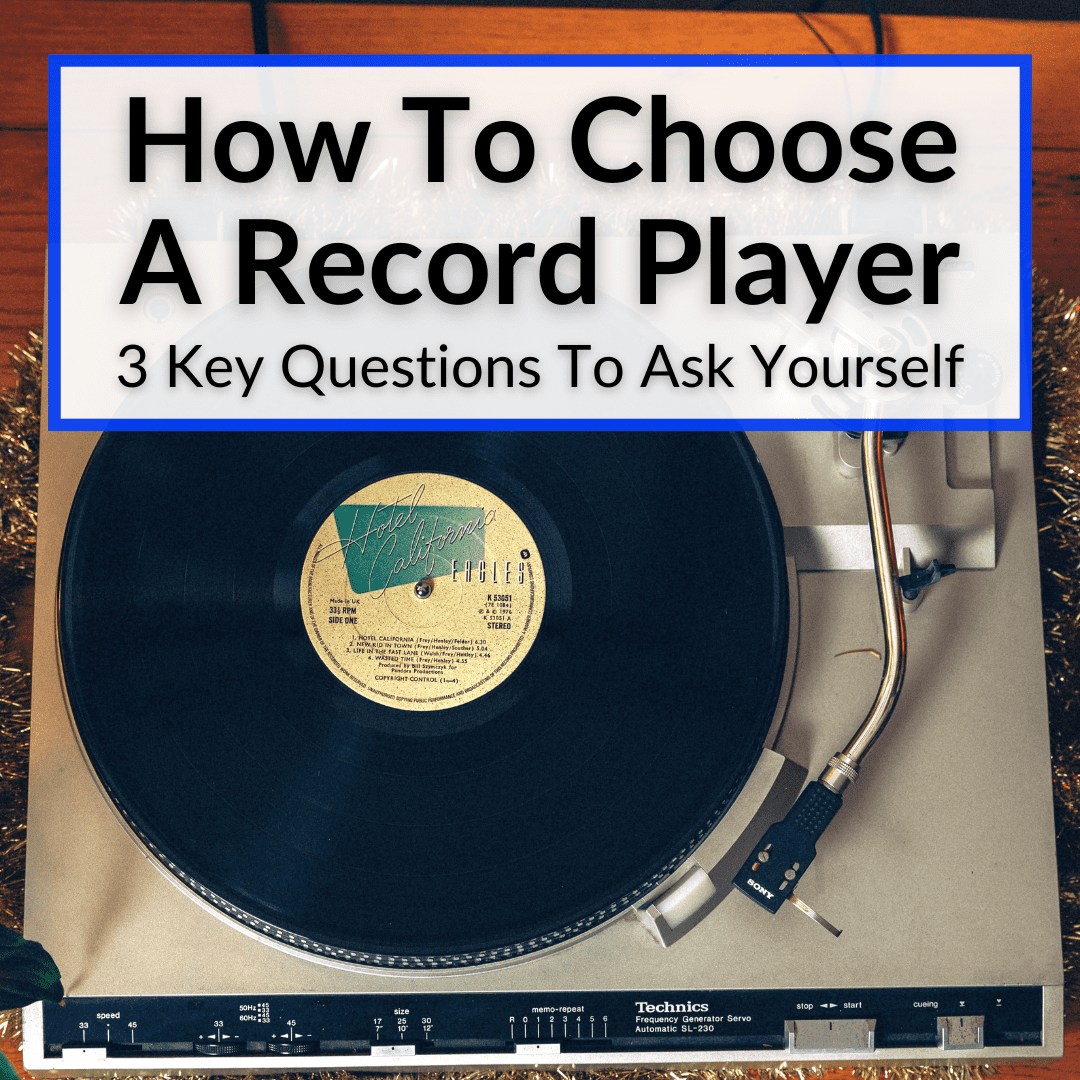
If you can avoid that mistake, you avoid a lot of frustration and wasted money.
What is that mistake?
They believe the claims made by the ubiquitous deep budget brands about their players.
But those dirt-cheap made-in-China models sound terrible, defeating the entire purpose of vinyl. Not to mention the high failure rate and poor quality control.
There is an ideal budget range for a quality player, and a minimum budget line, below which you find nothing of value.
Keep reading to learn exactly how to choose a record player. We will cover the amount you should budget to ensure you get a quality model, and the other big questions you need to ask yourself to narrow down the right turntable for you.
Contents
How To Choose A Record Player
You choose a record player by knowing your budget, measuring your expectations, knowing your current audio setup, and finding the best compromise between all these things.
Let’s take a look at the questions you need to ask yourself one by one. We’ll begin with the budget.
What Should My Budget Be?
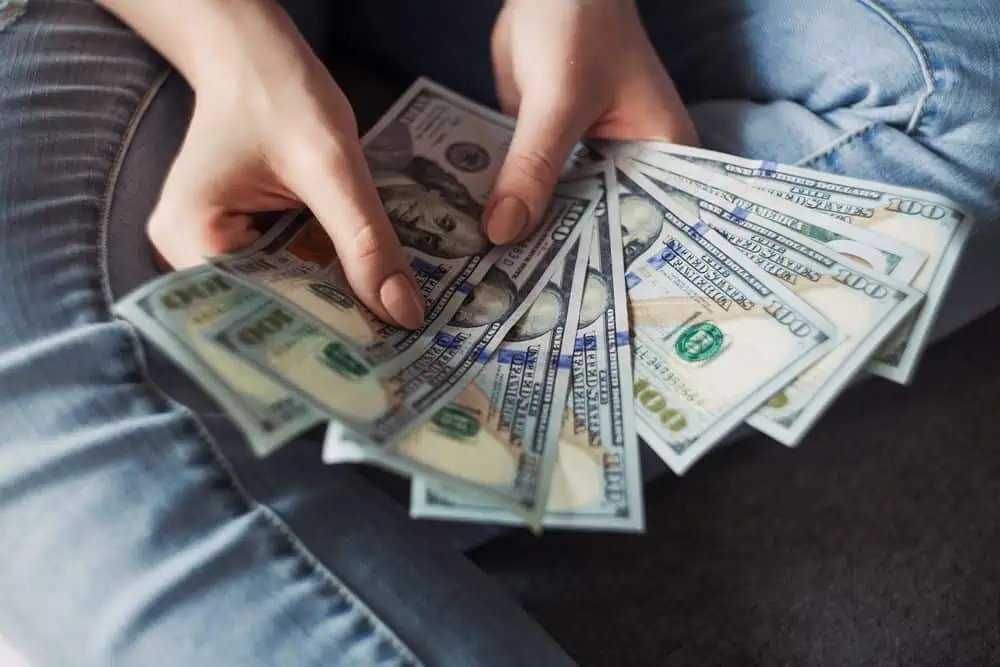
The first, and probably most important, consideration when buying a record player is your budget. How much can you afford to spend? And how much do record players usually cost?
I’ll begin with my personal recommendation for a minimum budget, if you want a quality record player that will actually sound good. Then I will give you a minimum to get a decent player and what you can expect to spend for a high-end player.
Personal Recommendation
My personal recommendation for what your budget should be is about $350. This will allow you to get a great turntable that comes with a better-than-average cartridge. You will get some nice features and a trusted brand with a good warranty for this amount.
I would not purchase a new record player for under 300 dollars personally. However, if you can find one of the models or brands that I will go over later used for under $300, that would be a good deal.
Just be sure to double-check the cartridge and stylus, if you are thinking about going the used record player route. Many times the electronics and motor will be fine, but the cartridge will be trash, along with the stylus.
Of course, not everyone has $350 to spend on a turntable. If that is the case, just know that you will have to make some sacrifices in terms of quality and features.
If you are fine with that, you can drop the budget quite a bit. But there is a lower limit. Once you go below that, the quality is going to be so poor that there is a high chance any player you buy at that price will actually damage your record collection.
Lowest Acceptable Budget Range
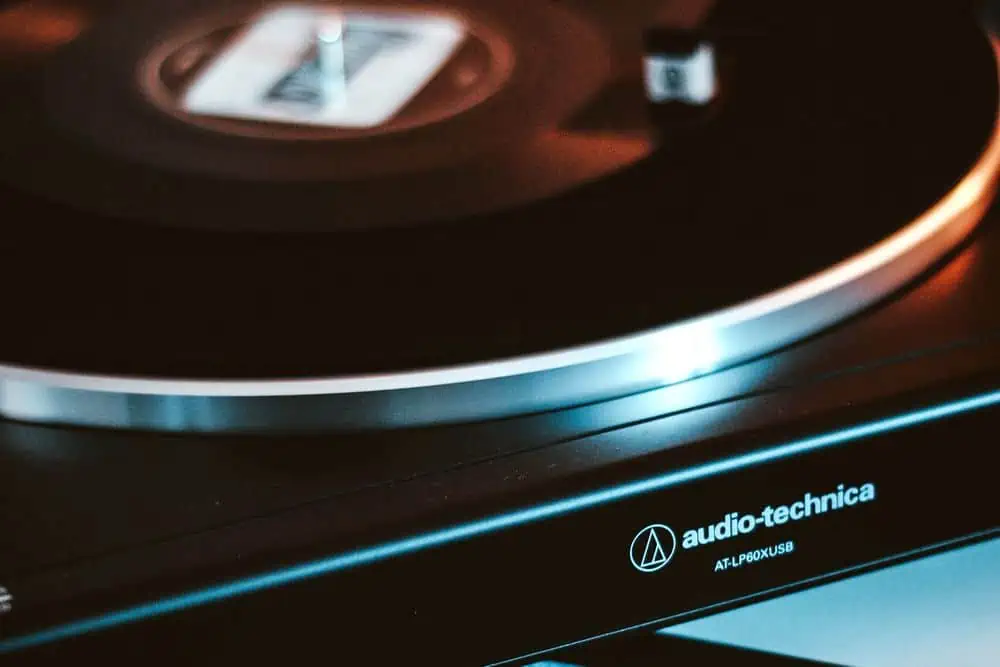
If you are looking for a record player that will sound good and last a long time, you are not going to find one under a hundred and fifty dollars, minimum.
Even at 150 bucks, you are not getting an excellent record player. But at least it will be decent, sound good enough, and not break immediately.
You can use the extra money you save on the purchase to upgrade to a nice cartridge and buy some records or accessories.
Mid And High-End Range
The mid-range for good record players is 250 to 300 dollars. The mid-high range is between $350 and $500, and the high end is $500 to over a thousand.
High-end record players usually sound noticeably better than mid-range models, so the extra money can be worth it. However, keep in mind that most of the ‘better sound’ that comes from high-end turntables is the cartridge.
Avoid This Price Range
There are now hundreds of poorly-made Chinese mass-produced turntables you can buy for under a hundred dollars, but they are trash.
If you value your record collection, you should not bother with a turntable under 100 dollars. And definitely not one of those portable suitcase models. They are the worst possible turntables you can get. Not only do they sound bad, they may also damage your records.

If you are in this to save money, you can simply listen to free mp3s on your phone earbuds. You can download low-resolution sound files from almost every platform and listen on cheap earbuds all day long.
Buying vinyl records for $20 to $30 to even $200 a pop is a waste of money, if you plan to listen on a cheap turntable.
Good turntables are not cheap to produce. When you buy one for so cheap, you can rest assured the components inside are the worst possible components available.
What Should My Setup Be?
You need to know some things about your setup before you go and purchase a record player. They are important, because if you ignore them, you can end up with a unit that does not even function with what you have at home.
Audio Receiver
Your audio receiver needs to have a way to receive the audio output from your record player. So if you have a receiver at home that is fully crammed with all the inputs used, you may need to remove one of the components or get a new receiver just for your turntable.
Phono Input
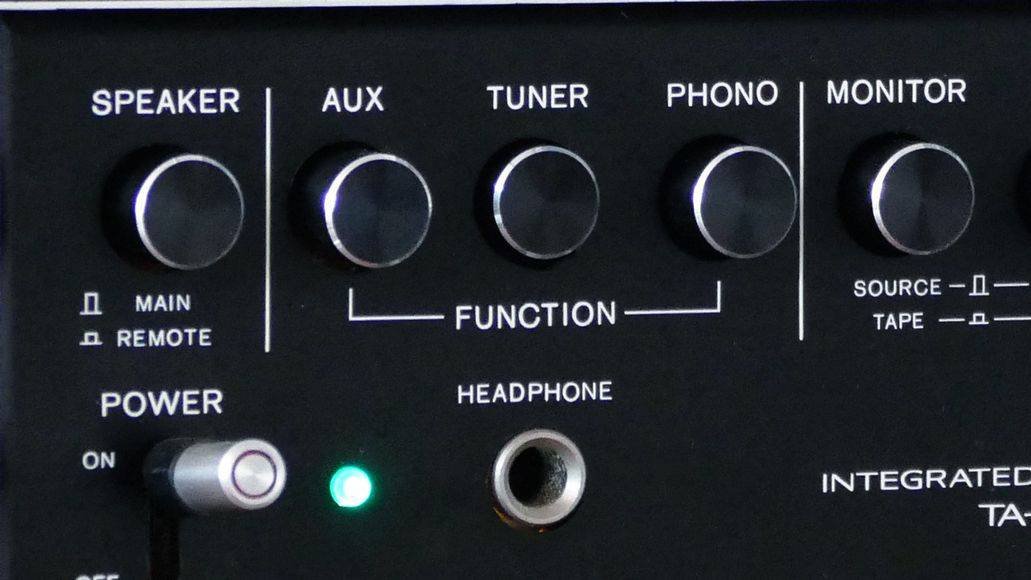
It is best if your receiver has a phono input. This is a special input made specifically for the very low output voltage of a turntable. It is not just another line-level input labeled phono; it is different.
You can plug a record player directly into a phono input, but if you plug a cd player or something else into a phono input it will sound extra distorted and awful.
No Phono Input
If your receiver does not have a phono input, it does not mean you can’t use a turntable with it, it just gets a little more complicated.
Some record players have a built-in preamp you can switch on, which makes the output level normal line level, like a CD player. This means that if your receiver does not have a phono input, you need to find a record player with a built-in phono preamp
Or you will need to purchase a dedicated preamp that you can plug into your receiver in a normal line-level input.
Phono Preamp
Some record enthusiasts will tell you that you can’t listen to a turntable without a dedicated phono preamp. They will say that the phono preamps inside receivers are garbage and that the built-in preamps on turntables are also garbage.
They are partially right, but sometimes they go too far. Indeed, a decent phono preamp can significantly improve the sound of your records. However, most normal people don’t really care about that.
I consider myself a pretty serious record enthusiast and I don’t have a dedicated preamp. That said, I do have a vintage Pioneer receiver with a great phono stage built in. I could benefit from a good external preamp, but I am happy with how my system sounds as it is now, so why spend the extra money?
Preamp Recommendation
You don’t need a phono preamp unless your receiver has no phono input, and you don’t want to buy a turntable with a built-in preamp. But if you have the money, I recommend getting a decent phono preamp unless you already have a vintage receiver known for a good phono stage.
Good Cables
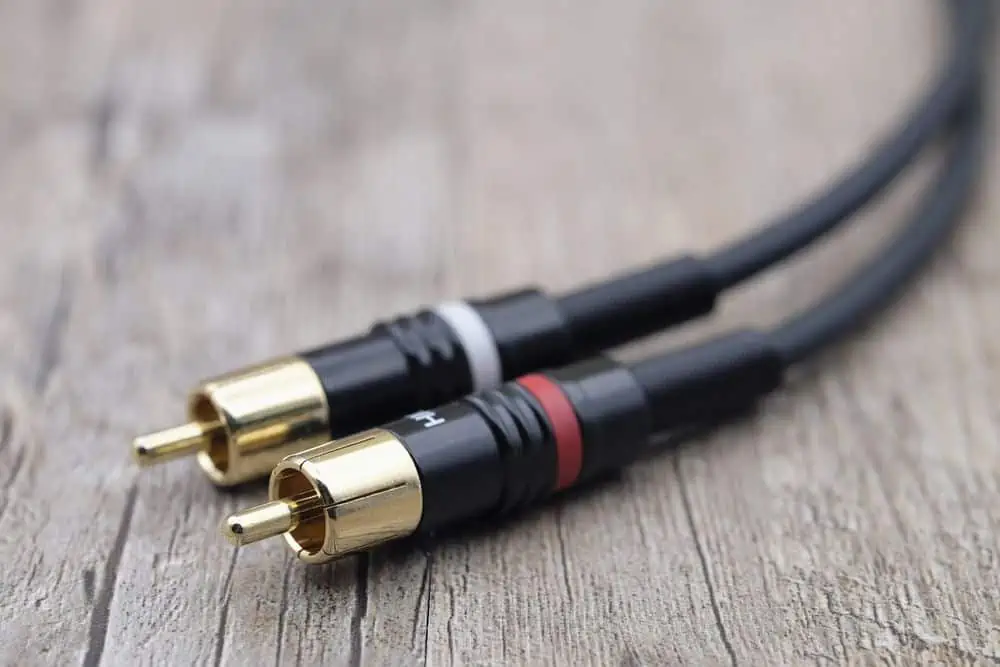
Do you already have some good RCA cables? Not the super thin kind that you used for your PlayStation with the yellow tip, but good, thick RCA audio cables? You should have some decent cables laying around but if you don’t, you will need to pick up a set of decent cables.
Computer
Most people today have at least one computer, maybe more. If you are buying a record player and you intend to record the records you buy onto the computer and get them into the digital domain, make sure you have a decent computer capable of recording high-resolution audio. You don’t need anything too fancy, but you will need a decent soundcard and plenty of space to store your audio files.
A Note About Ripping Records
Do not rip your records to mp3 format. You are defeating the purpose of buying vinyl. If you are going to rip your records to digital, use either FLAC or WAV, or similar high-resolution file formats, so you can get as close as possible to the analog record.
This takes up lots of space on the hard drive, so buy a dedicated hard drive for your library. And make sure you have a decent computer, if you intend to capture your record’s audio to the digital domain.
What Features And Parts Of A Record Player Are Important?
Finally, it is important to think about the turntable features that are important to you. What makes a good turntable differs from one person to the next and many modern record players have a lot of features you may not need.
You can save some money by getting ones that don’t have unnecessary features. Similarly, there are some features for which it pays to pay more. Like a quality cartridge. In general, if you buy a model from one of these good record player brands, you’ll do well.
Cartridge
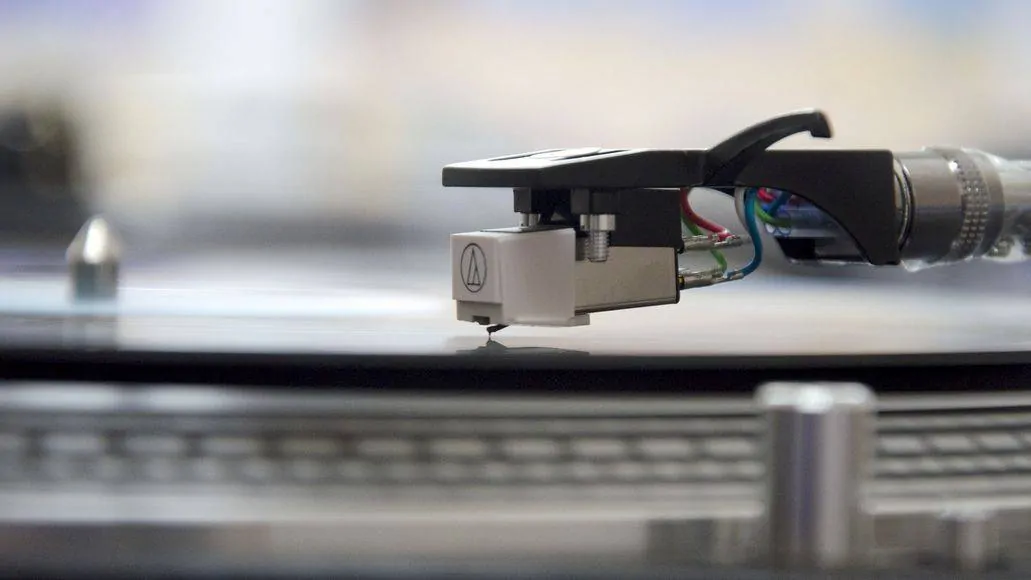
This is the most consequential piece of your record player. Some carts cost over $500. Make sure you look at the cartridge that ships on your record player and research it.
Audio Technica makes some decent affordable carts that many manufacturers use for their models. Ortofon also makes some great carts that ship standard with some record players. If your cartridge has no brand name, be weary. It is probably trash.
If you determine the turntable cartridge is bad, I’d replace it, you can still buy the record player in question and simply upgrade the cartridge for an immediate boost to sound quality.
Preamp
Check to see if your record player has a built-in preamp or not. You need to know this, if your setup has no phono input. These are always switchable on and off, so if your record player does have one, that does not mean you have to use it, if you don’t want to.
Speeds
33 and 45 RPM are the normal speeds of records produced today use, and all turntables sold today will have both speeds. 78 is also a speed that is sometimes included. If you have old shellac big band records or other 78 RPM records make sure the player, you buy has a 78 RPM option.
USB
If you plan on ripping your records to the computer, a USB output makes this much easier. You can still do it without a USB Port, but it relies on your PC having a much better processor.
Auto Or Manual
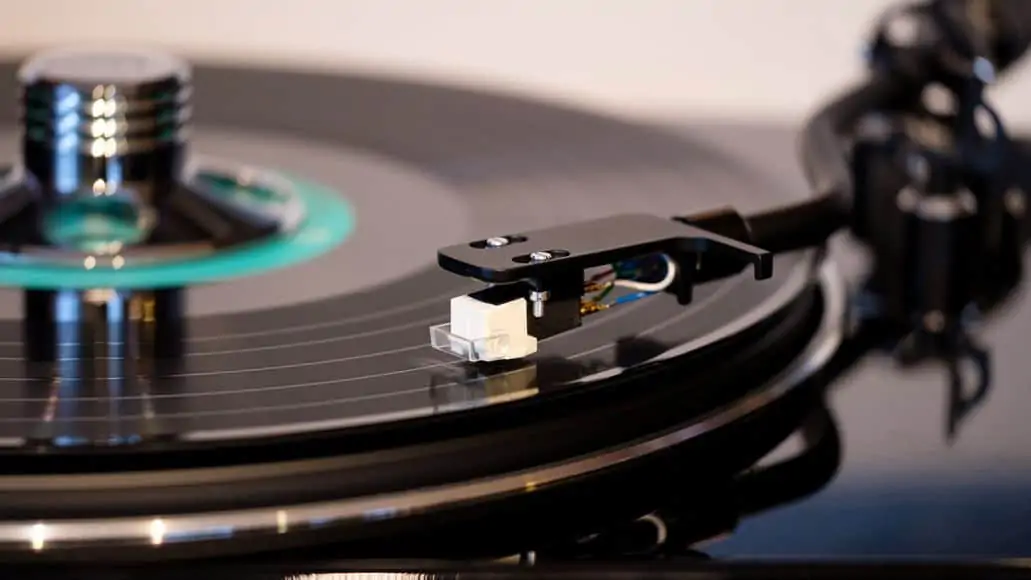
Turntables are either manual or automatic or a bit of both. Manual means they won’t start and stop on their own. You will need to start them and stop them yourself.
Automatic means they start and stop on their own. For most, auto is not really necessary, since you have to interact with the record player anyway to flip sides, etc.
I also think automatic turntables are noisier because of the extra mechanics. That said, auto-stop is vital if you leave your turntable running overnight, because you like to fall asleep to music. In the end, choose whichever you like best.
Auto vs manual does not have anything to do with power. All modern record players need electricity to run, but not all need to be plugged in. Some can run on battery power. Of course, as you may expect, those are not going to be the best sounding models.
Which Brands Are The Best?
In an attempt to keep this concise and informative, I will just list the brands I personally know to be good and well-made, in no particular order. Keep in mind there are also high-end boutique brands that cost over 2k. Those are not included, because this is a list for mere mortals.
- Audio-Technica
- Rega
- Technics
- Pioneer
- U-Turn
- Fluance
- Pro-Ject
- Sony
- Denon
I am sure there are some other brands not on this list, but I personally have interacted with all of these brands here. I own a Technics and a Sony turntable, and I have owned a Pioneer, Denon, and U-Turn. The rest I have listened to at stores or heard at friends’ houses. My article comparing Sony vs Audio Technica turntable brands can help you, too.
How To Pick A Good Record Player: Final Thoughts
Bow that you know how to choose a record player, you can avoid the most common mistake: getting one of those dirt-cheap turntables from China that sound bad and often even destroy your records.
Given the high cost of vinyl records, is there any point in buying a cheap player that does not make those records sound good and that might even destroy them? No, there isn’t.
So spend a bit more and get a turntable that really brings out the sound of your albums. Given how often you would need to replace those cheap players anyway, you actually end up saving money in the long run, in addition to enjoying much better sound quality. And if you need more help, I also have a good buying guide for turntables that can help.
HELLO:
SOMEHOW THE SWITCH OF MY TURNTABLE WAS ALREADY IN THE ON POSITION WHEN I PLUGGED IT IN AND NOW THE PLATTER WONT SPIN.
CAN YOU TELL ME WHAT I NEED TO REPLACE?
THANKS PENDING